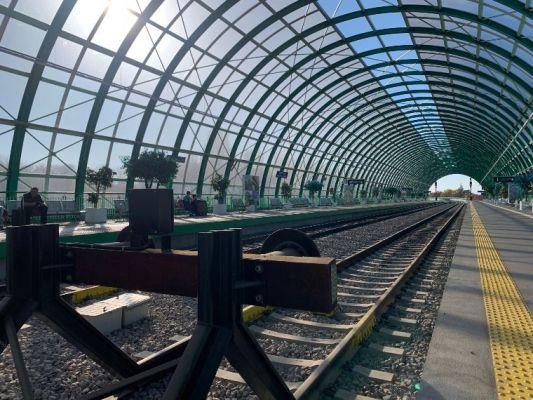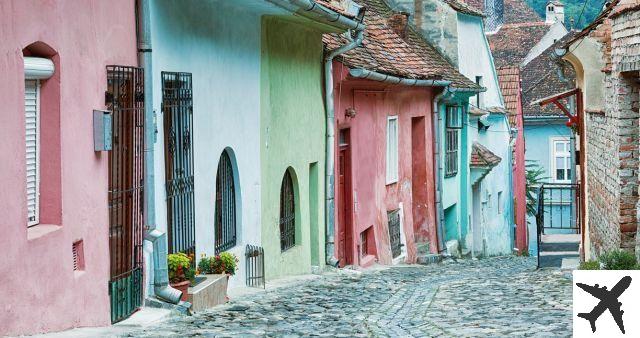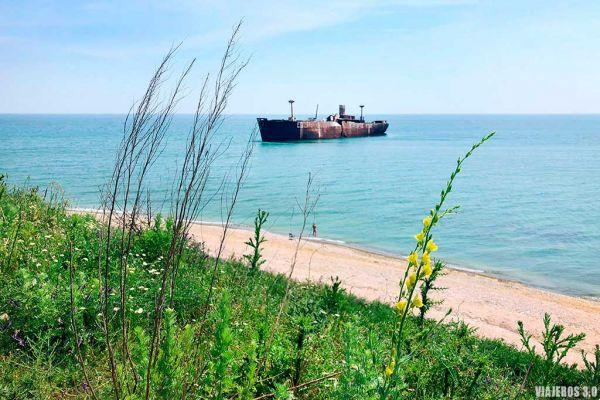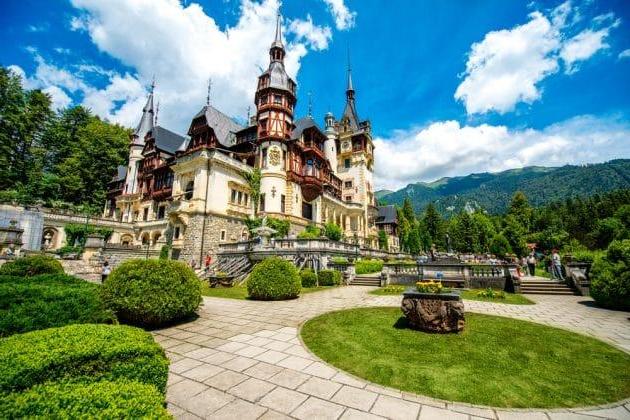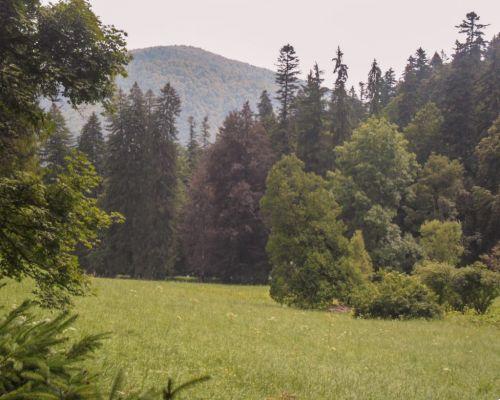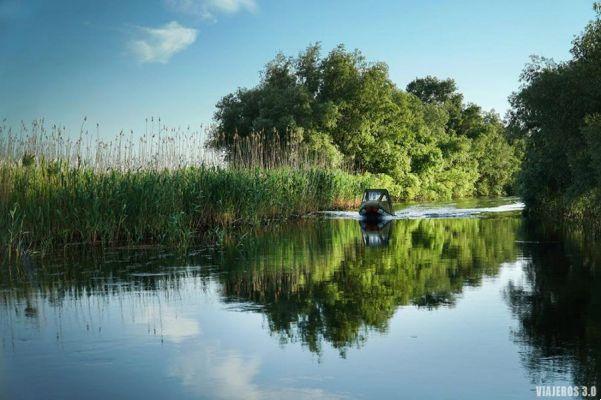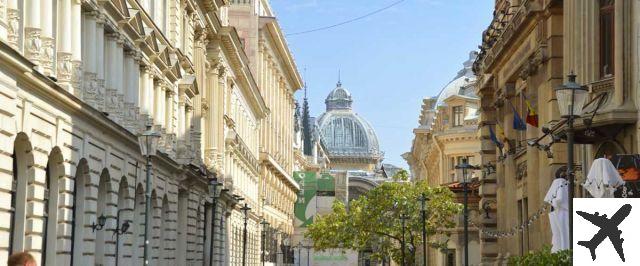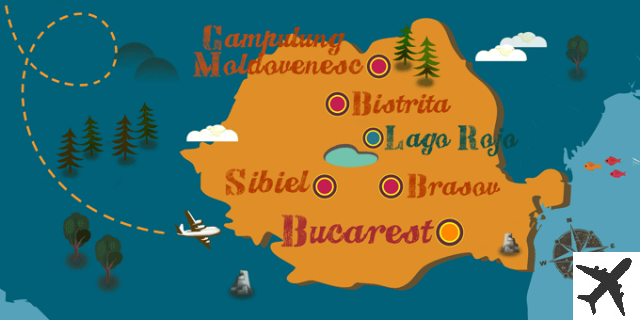
Travelling to Romania, and visiting Transylvania? Discover the districts where to stay in Cluj-Napoca!
Third city in Romania after Timisoara and Bucharest, Cluj-Napoca is located in the northwest of the country, 170 kilometers from the Hungarian border. Crossed and wetted by the river Someșul Mic, the city has 324,576 inhabitants (2011) and is the main economic centre of north-west Romania. A region with great tourist potential, Transylvania - rich in history - has an economy based on information and communication technologies, tourism, finance, education and research. It is an understatement to say that after its communist history, it quickly jumped into the market economy on foot. Because of its rich and eventful history, Cluj-Napoca has two large Romanian and Hungarian-speaking communities. As such, it is the most important cultural centre of the Hungarian community in Romania. At the same time, it is the second most important university centre in the country, which makes Cluj-Napoca a resolutely young, student and dynamic city. Okay, but where to stay in Cluj-Napoca?
The city of Cluj-Napoca is subdivided into about twenty districts but as often with Generation Travel, we recommend you to get closer to the city centre to find where to sleep in Cluj-Napoca. Here are the districts where to stay in Cluj-Napoca.
Read also: The 15 must-do things to do in Cluj-Napoca
Centru
The city centre of Cluj-Napoca is an open-air museum. Originally occupied by the Celts, the city was a colony of the Roman Empire. The first medieval mention of Cluj-Napoca dates back to 1167, under the name of Castrum Clus, a small fortified town. The town centre was built on the ruins of the ancient city. Finding a place to stay in Cluj-Napoca can be expensive: rent is between 400 and 600 €, especially near the university areas.
In the city centre, you can visit several museums relating the arts and history of the country and the city: the Museum of Arts, the Ethnographic Museum of Transylvania, the National Museum of Transylvania. Don't miss the main square, the Piata Unirii, Union Square. This is the central square, the core of the medieval city and the heart of the city. With its dimensions - 220 metres long and 160 metres wide - it is the largest medieval square in Eastern Europe. South of the city centre, don't miss the Alexandru Borza Botanical Garden, a lung of greenery spread over 10 hectares, cultivating more than 10,000 species from all over the world. It is a very central area to stay in Cluj-Napoca.
Mărăști
Mărăști is located northeast of the historic downtown core. It does not have its own aura in terms of historical and cultural buildings, but is considered an important residential area with about 30,000 inhabitants. Therefore, it looks like a quiet area to live in in Cluj-Napoca, not far from the city centre. Take a trip to the cinema Mărăști, which has become the first free cinema in Cluj. St. Peter's Church, built in neo-gothic style in the middle of the 19th century, is worth seeing on your walks. To do your shopping, head to the Market of Mărăşti, a market where you can find everything. If you come with your family or are looking for a quiet area, this is a good place to stay in Cluj-Napoca.
Gheorgheni
Gheorgheni, is a green area east of the city centre, lying between Piaţa Baba Novac square and Alexandru Vaida-Voievod street, and is adjacent to the eponymous lake, a former fishing site since the Middle Ages, nowadays transformed into a large recreational area. Lodging in the east of the district offers more peace and quiet, between the green spaces, the lake and the universities.




